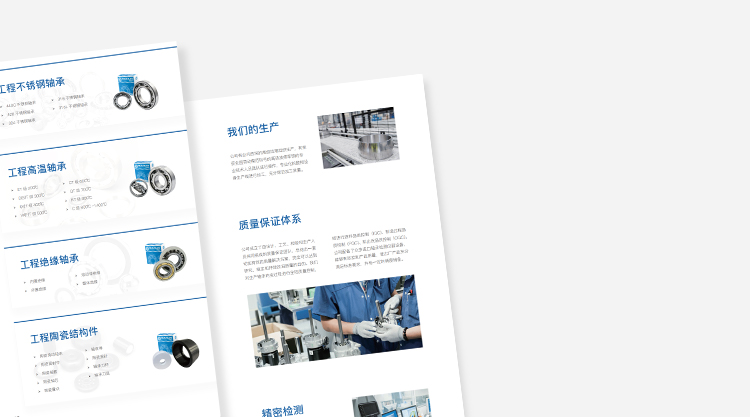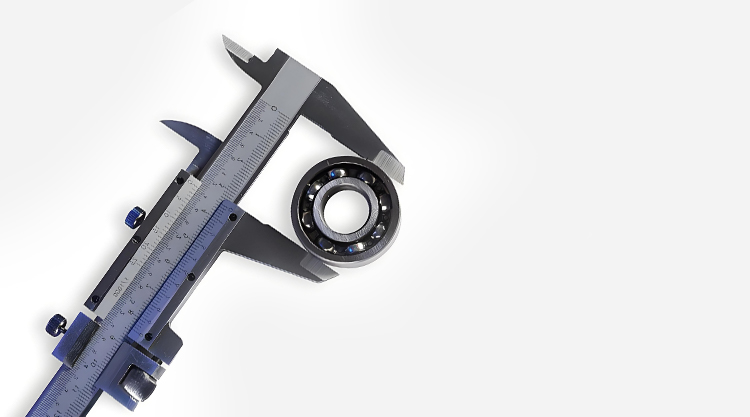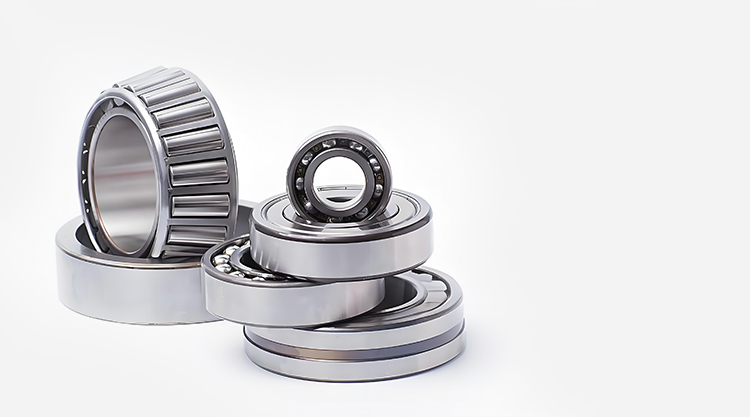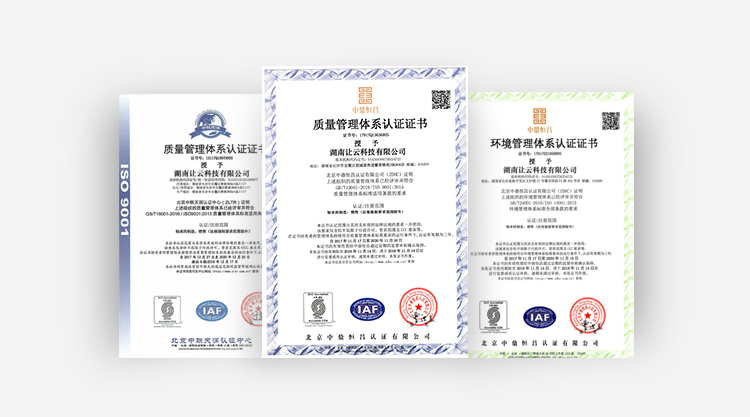How is bearing life calculated? Key factors affecting service life
In the operation of industrial equipment, bearing life has always been one of the most concerning parameters for engineers, procurement personnel, and maintenance staff. Whether in machine tools, metallurgical equipment, or automotive components, accurately performing bearing life calculation and understanding the key factors affecting life are essential prerequisites to ensure long-term stable operation of equipment. This article will combine actual working conditions to deeply analyze the calculation methods of bearing life and the main factors affecting bearing life.
I. Basic Concept of Bearing Life
Bearing life refers to the number of rotations or working hours a bearing can endure under normal operating conditions before fatigue spalling occurs. According to international standards, bearing life is usually classified into:
| Rated Life (L10 Life) | The life value that 90% of a batch of identical bearings can reach. |
|---|---|
| Average Life | The actual average working life of all bearings. |
II. Bearing Life Calculation Formula
Internationally, the life formulas provided by ISO and DIN standards are widely adopted. The most common rated life calculation formula is:
L10 = (C / P)^p × 10^6 revolutions
Where:
L10 —— Bearing life (expressed in number of revolutions)
C —— Basic dynamic load rating of the bearing (kN)
P —— Equivalent dynamic load of the bearing (kN)
p —— Exponent, 10/3 for roller bearings, 3 for ball bearings
If converted into operating hours:
L10h = (10^6 / 60n) × (C / P)^p
where n is the bearing speed (r/min).
Through the above formula, the theoretical prediction of bearing life under specific load and speed can be made, providing a reference for equipment design and selection.
III. Key Factors Affecting Bearing Life
Although the formula provides theoretical values, in actual working conditions, the factors affecting bearing life go far beyond load and speed, and include the following aspects:
| Load Conditions | Overload or impact load will significantly shorten bearing life. The superimposed effect of dynamic load and static load cannot be ignored. |
|---|---|
| Lubrication Condition | Whether lubricating oil or grease is suitable directly determines friction and wear. Insufficient lubrication or degraded lubricant is often the main reason for early bearing failure. |
| Operating Temperature | High temperature reduces lubricant performance and accelerates fatigue spalling. In low-temperature environments, improper lubrication may also cause the lubricant film to break down. |
| Installation and Maintenance | Improper bearing installation (such as misalignment, excessive tightness, or looseness) will cause stress concentration. Insufficient maintenance and the intrusion of contaminants or metal debris into the bearing will severely shorten life. |
| Environmental Factors | Dust, moisture, and corrosive media entering the bearing will damage the rolling contact surfaces. In high-dust or humid environments, special seals and corrosion-resistant bearings should be considered. |
IV. How to Extend Bearing Life?
In practical applications, relying solely on theoretical calculations is not enough; measures must also be taken to improve life:
| Proper Selection | Select appropriate bearing models and clearance based on load, speed, and operating conditions. |
|---|---|
| Correct Lubrication | Regularly replenish or replace lubricants to ensure the integrity of the oil film. |
| Accurate Installation | Use special tools and avoid hammering or misaligned installation. |
| Regular Inspection | Monitor vibration and temperature to detect potential problems in time. |
| Optimize Working Conditions | Reduce impact loads and avoid prolonged overload operation. |
V. Conclusion
In summary, bearing life calculation is not merely a formula problem but a combination of theory and actual operating conditions. Formulas can provide the rated life of bearings, but in real applications, lubrication, load, temperature, installation, and environmental factors all directly affect life performance. During equipment design, procurement, and maintenance, only by comprehensively considering these key factors can enterprises truly extend bearing life and reduce equipment downtime and maintenance costs.
-
23 2025.09How to Select Bearing Speed?
This article will analyze the relationship between bearing speed and performance from the perspectives of bearing design, application conditions, and service life.
-
23 2025.09What bearings should be used in high-temperature operating conditions?
This article will analyze the core considerations for selecting high-temperature bearings based on practical applications.
-
23 2025.09What do the bearing clearances (C2, C3, CM) mean? How should they be selected?
This article will analyze the definition, classification, and selection methods of bearing clearance from a professional perspective, helping readers better understand and apply them.
-
23 2025.09Several Signs of Incorrect Bearing Installation — Have You Noticed Them?
This article will detail several common signs of improper bearing installation, helping engineers and maintenance personnel identify problems in time and avoid greater losses.




